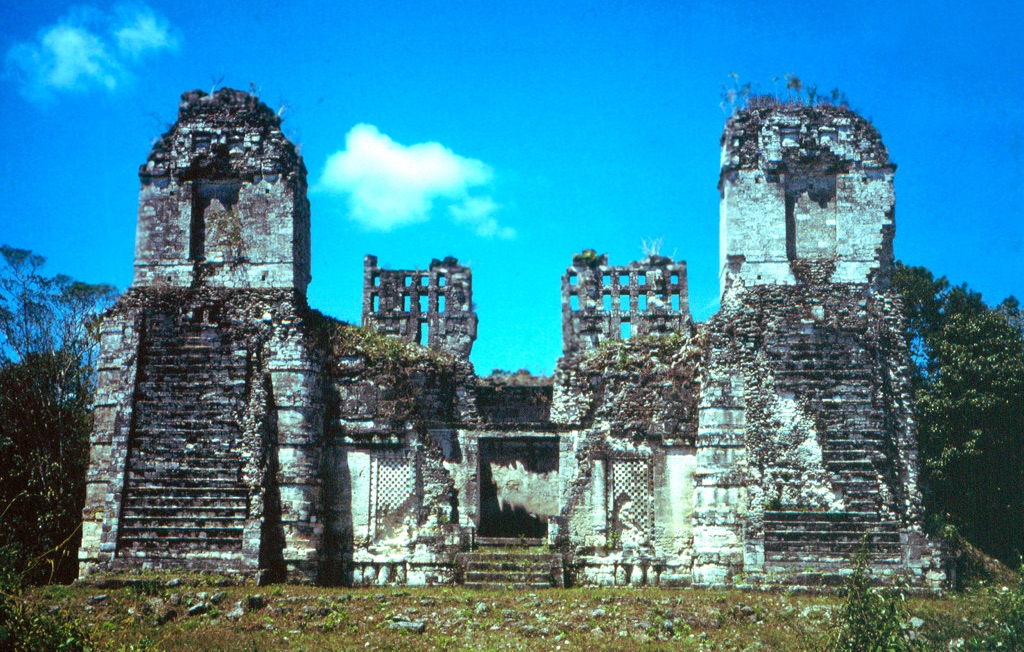Río Bec is a distinctive architectural style of the ancient Maya civilization, prevalent in the lowlands of what is now the southern part of the Mexican state of Campeche. It is characterized by its unique twin-pyramid complexes, ornate facades, and the use of false temple pyramids which are not designed to be entered. The Río Bec region flourished during the Late Classic period of Mesoamerican chronology, roughly from the 7th to the 11th century AD. The structures are notable for their resemblance to the central Mexican architectural style, yet they retain a local Maya flavor, indicating a complex cultural exchange between regions.
Get your dose of History via Email
Historical Background of Río Bec
The Río Bec region was first documented in the early 20th century by explorers and archaeologists. The style’s name derives from the site of Río Bec, which was discovered by Karl Ruppert and John Denison in the 1930s. The Maya built these structures, a civilization known for its sophisticated art, architecture, mathematical, and astronomical systems. The Río Bec style is particularly noted for its towers that resemble the temple-pyramids of the Petén region, yet they are purely decorative and lack an inner chamber or access to the top.
While the Maya civilization had collapsed by the time Europeans arrived in the New World, the Río Bec sites were later inhabited by other groups. The region was not the scene of any known historically significant events post-Maya civilization. However, the architectural style itself provides valuable insights into the cultural and societal norms of the Maya during the Late Classic period.
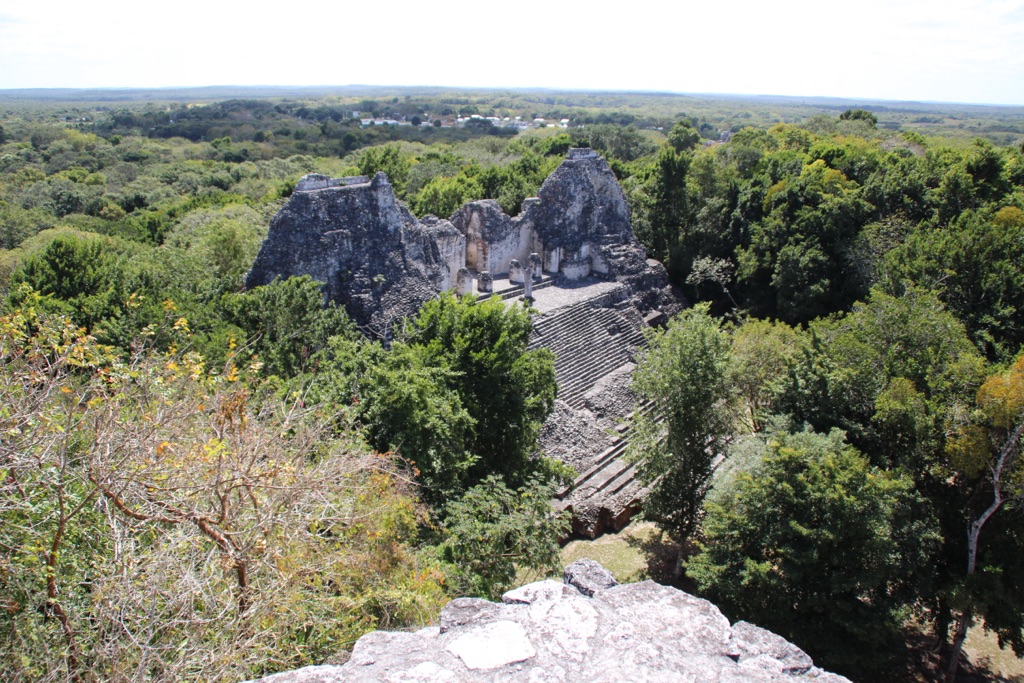
The Río Bec style is distinct from other Maya architectural styles, such as Chenes and Puuc, which are found in neighboring regions. The false temple pyramids, for example, are unique to Río Bec and have led to various interpretations regarding their purpose. The style’s spread and evolution also suggest a dynamic exchange of ideas among the Maya city-states.
Although the Río Bec region was not a major political power like Tikal or Calakmul, it was an important cultural and ceremonial center. The architecture suggests a society deeply invested in religious and ceremonial activities. The ornate decoration of the buildings, with their intricate stone masks and complex iconography, speaks to a rich ritualistic life.
The Río Bec sites have not been as extensively excavated as other Maya regions, partly due to their remote location and the dense jungle that covers them. However, the work done by archaeologists has provided valuable information about the construction techniques and cultural practices of the Maya. The Río Bec style remains an important subject of study for understanding the diversity and complexity of Maya civilization.
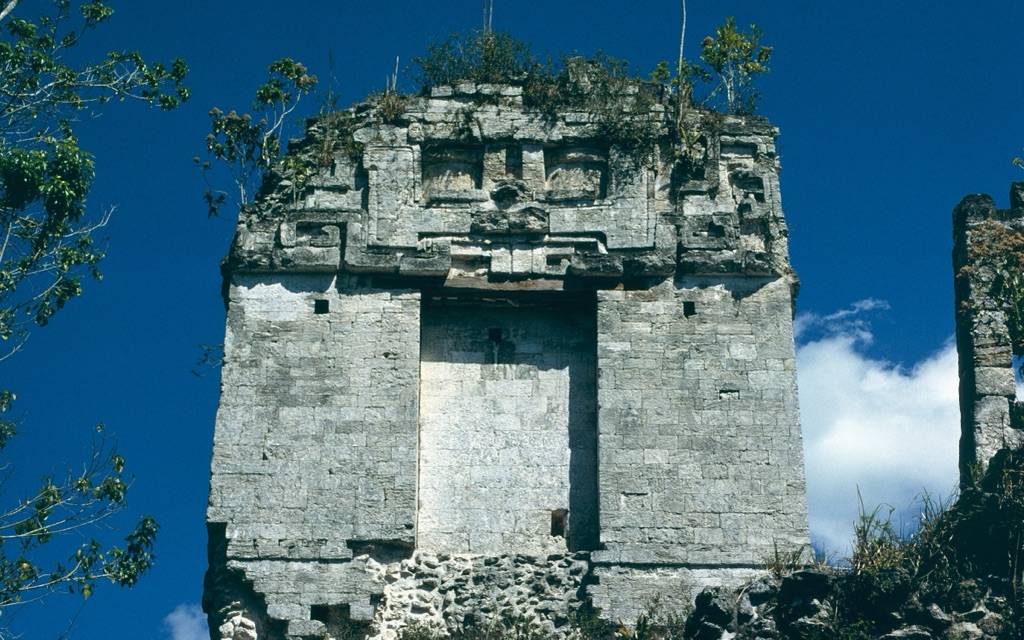
About Río Bec
The Río Bec architectural style is most recognizable by its twin-pyramid complexes. These complexes typically feature two identical pyramids facing each other on either side of a central plaza. The pyramids are adorned with elaborate facades, including false stairways that lead to nowhere and intricate stone carvings.
The construction of Río Bec structures utilized local limestone, which was abundant in the region. The Maya craftsmen carved the stone with great precision, creating detailed masks and geometric patterns that decorated the buildings. The false pyramids, which mimic the true pyramids of other Maya regions, are a hallmark of the style, and their exact purpose remains a topic of debate among scholars.
Architectural highlights of the Río Bec style include rounded corners, vaulted rooms, and the use of stone lintels. The decorative elements often feature the Maya rain god Chaac, indicative of the importance of water and agriculture to the Maya. The towers, while not functional in a traditional sense, may have served as symbols of religious or political power.
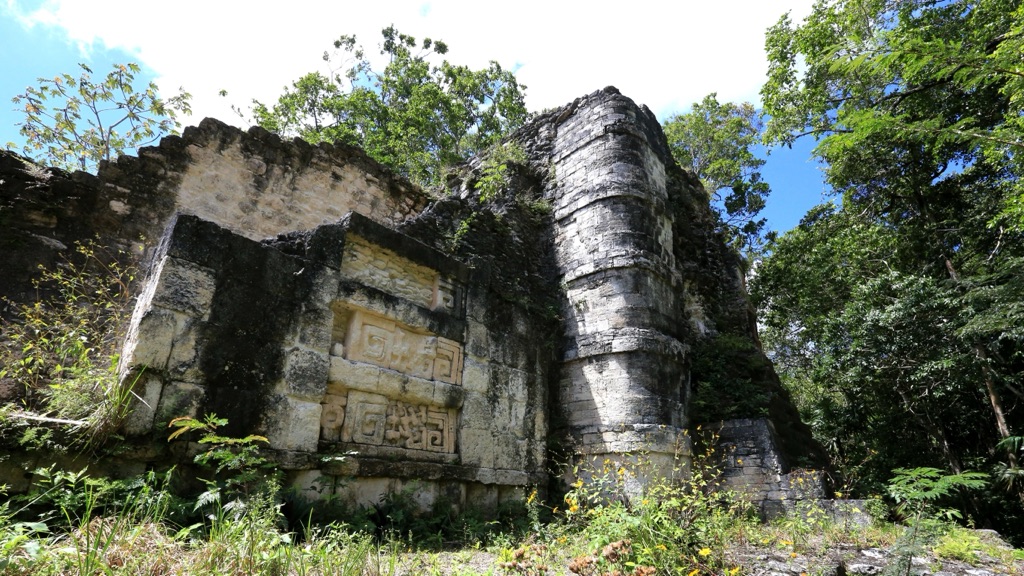
The methods of construction reflect a deep understanding of engineering and design. The Maya builders employed corbel arches to create interior spaces, a technique that allowed for the construction of impressive, stable structures without the use of true arches or keystones.
Despite the grandeur of the Río Bec architecture, many of the sites are less well-known than other Maya ruins. This is partly due to their remote location, which has preserved many of the structures from extensive looting or modern development. As a result, Río Bec offers a more untouched glimpse into the ancient Maya world.
Theories and Interpretations
Several theories exist about the purpose and significance of the Río Bec style. One theory suggests that the false pyramids were symbolic, representing the mountains or the sacred landscape of the Maya cosmology. They may have served as a visual assertion of power and religious authority.
Another interpretation is that the Río Bec style reflects a period of cultural experimentation and innovation. The combination of local Maya elements with features reminiscent of central Mexican architecture points to a complex interaction between different Mesoamerican cultures.
The mysteries of Río Bec extend to the use of the complexes. Some scholars propose that they were primarily ceremonial centers, while others suggest they may have had an astronomical function, aligning with celestial events.
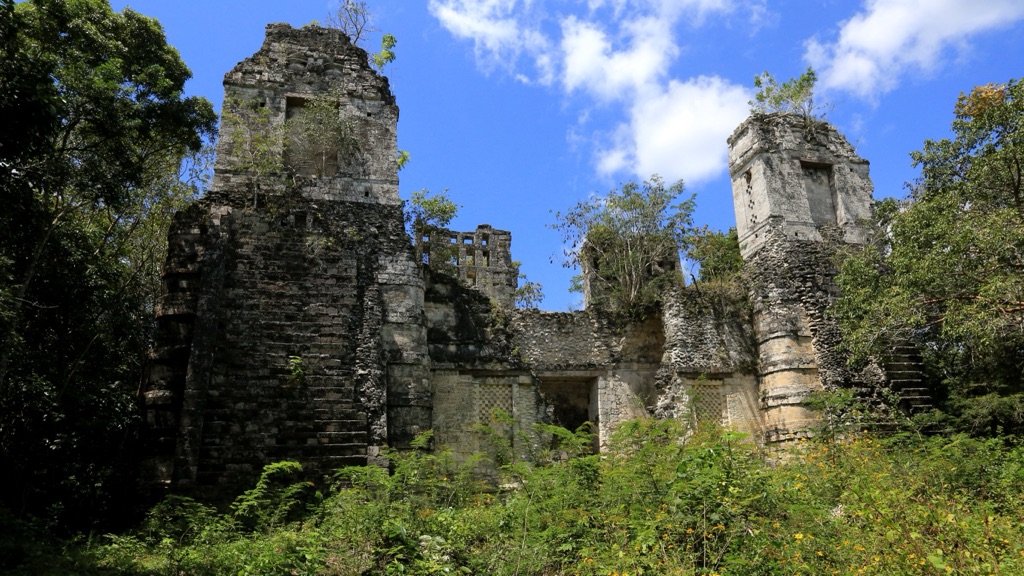
Historical records from the Maya are limited, so much of what is known about Río Bec comes from the interpretation of the architecture itself and the iconography. The presence of the rain god Chaac on many structures, for example, indicates a strong emphasis on water and fertility rituals.
Dating of the Río Bec structures has been carried out using methods such as radiocarbon dating and ceramic analysis. These techniques have helped establish the timeline of the Río Bec style’s prominence and decline, situating it firmly in the Late Classic period of Maya history.
At a glance
Country: Mexico
Civilization: Maya
Age: Late Classic period, approximately 7th to 11th century AD

